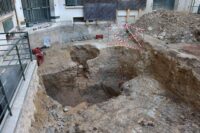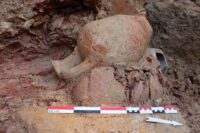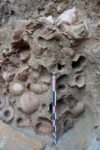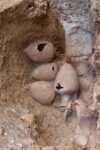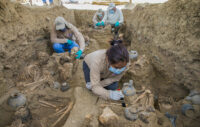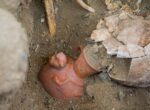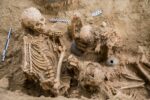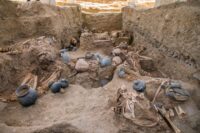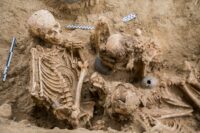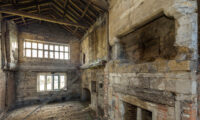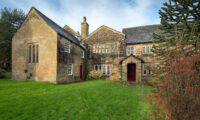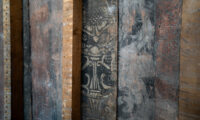City archaeologists in Augsburg have unearthed the largest Roman silver hoard ever discovered in Bavaria. The hoard of approximately 5,600 silver denarii from the 1st and 2nd centuries was found in the Oberhausen district, the oldest part of the city, at the site of a planned residential development.
The coins in the hoard range in date from the reign of Nero in the mid-1st century to that of Septimius Severus shortly after 200 A.D. Emperors Trajan, Hadrian, Antoninus Pius and Marcus Aurelius are represented, as is a far less prominent emperor, Didius Julianus, who reigned for all of three months (March-June 193) after buying the purple when it was auctioned off by the Praetorian Guard. His coinage is much rarer, therefore, as his window to mint money was so short.
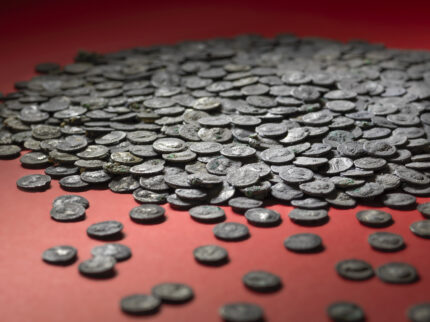
Augsburg was founded under Augustus between 8 and 5 B.C. as the Roman military camp on the banks of the Wertach river near its confluence with the Lech river. It was the earliest Roman fort established in the Alpine foothills, freshly conquered in 15 B.C. by Augustus’ stepson Tiberius. By around 10 A.D., the temporary camp had been transformed into a fort capable of housing 3,000 soldiers. A civilian settlement outside the camp quickly grew into the town of Augusta Vindelicorum which became the capital of the new Imperial province of Raetia in the reign of Tiberius. While there were no legions quartered there after 70 A.D., the city continued to grow and prosper
At the end of the 3rd century, the Emperor Diocletian reformed imperial administration and the province was governed by a dux, the top military authority in the region. Lesser government officials still administered the day-to-day civil affairs of the province from Augusta Vindelicorum.
The silver coins were discovered not far from the site of the earliest Roman base in Bavaria, also in the gravel of an old Wertach river bed. The area of a future residential area had been archaeologically examined there. A container could no longer be identified. “We assume that the treasure was buried outside the city of Augusta Vindelicum near the Via Claudia running there in the early 3rd century and was never recovered. The hiding place was probably washed away many centuries later by floods in Wertach and the coins were thus scattered in the river gravel,” explains Sebastian Gairhos, head of Augsburg’s city archeology. “A simple soldier earned between 375 and 500 denarii in the early 3rd century. The treasure therefore has the equivalent of around 11 to 15 annual salaries.”
In addition to the coin hoard, archaeologists have discovered hundreds of Roman artifacts in the gravel from the former river bed (the Wertach’s path was straightened in 1900). They found weapons, tools, jewelry, dishes, vessels and much more sifting through 1000 cubic meters of river gravel, all of them believed to have come from the 1st century B.C. military base.
The recovered objects, many of which are heavily corroded and thick with concretions from centuries spent on a riverbed, will be analyzed and conserved. The city hopes to find a permanent home for them in a new museum dedicated to Augsburg’s Roman history, but that’s a bit of a pipe dream at the moment since there are no plans for its construction. Meanwhile, a selection of the coins from the hoard and other artifacts found in the excavation will go briefly on display at the Armory House of Augsburg from December 17, 2021 to January 9, 2022.
